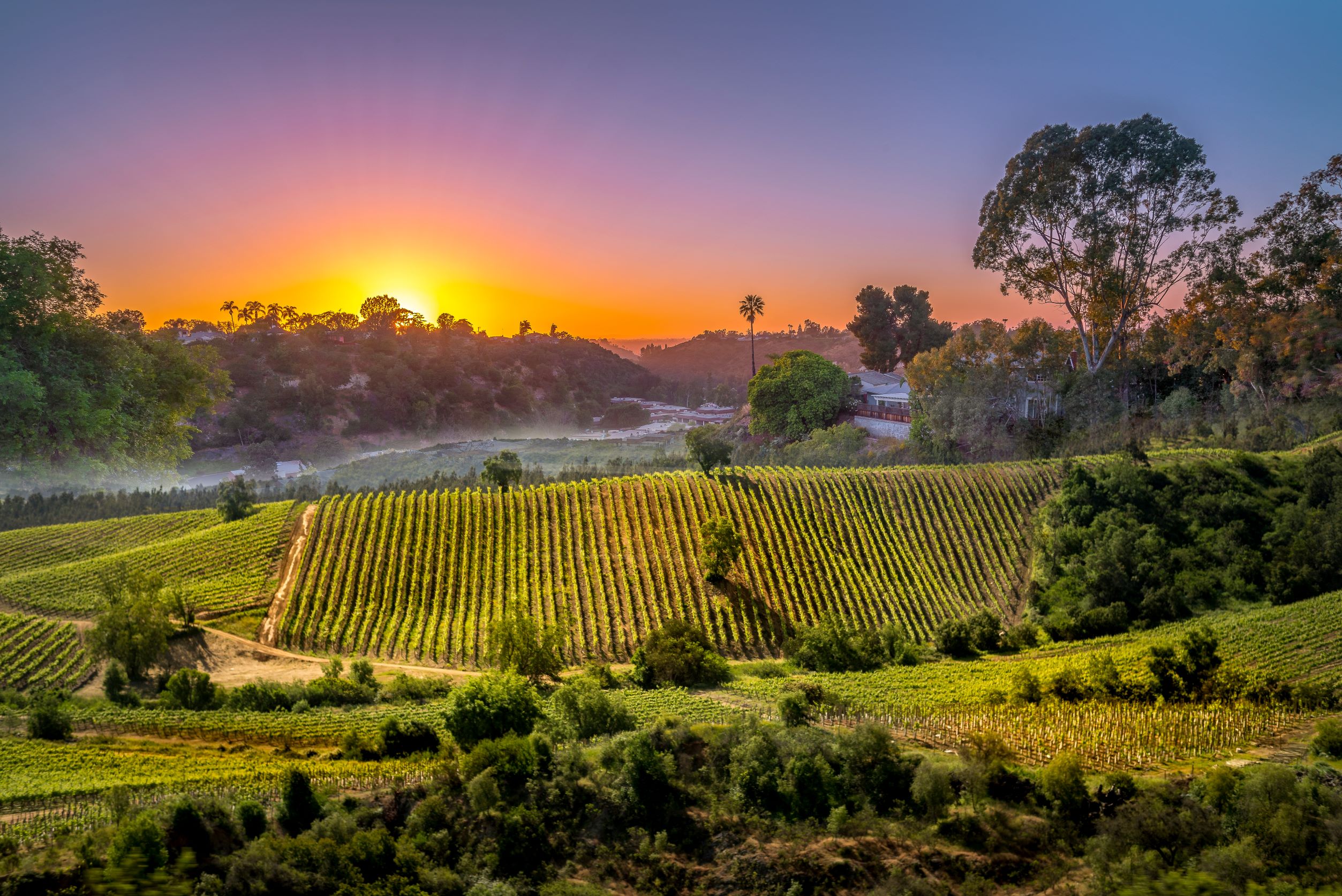Commentary: Ag Vision seeks to secure state's agricultural future

California Department of Food and Agriculture Secretary Karen Ross says the Ag Vision for the Next Decade plan will grow opportunities for farmers and ranchers, farmworkers and communities.


By Karen Ross
It’s no secret that times are tough for many California farmers and ranchers. I have heard their stories and concerns over their livelihoods and the future of agriculture in the Golden State. I know that, for many, it’s hard to think beyond the immediate challenges at hand. While there is no silver bullet to address all they face, there is a new plan that will grow opportunity for farmers and ranchers, farmworkers, individuals and communities.
It’s called Ag Vision for the Next Decade, and it builds upon the existing good work of many in agriculture who are constantly adapting and serving as good neighbors and stewards of the land and natural resources. It’s a plan with numerous benefits. It connects farmers and farm products to local communities and builds bridges with urban audiences. It encourages innovation and training for the jobs of tomorrow to support farmworkers. And it takes aim at something we have heard time and again is important to the farming community: fostering smarter regulations.
It’s a plan not only for agriculture to thrive well into the future but for all Californians. It was developed through an inclusive process including input from a diverse set of agricultural stakeholders. Interviews were held with members of an Ag Vision task force and the State Board of Food and Agriculture. Seven virtual roundtable discussions occurred with various segments of California agriculture—from dairy and livestock farmers to berry growers and tree nut producers—along with processors and supply-chain partners and historically underserved farmers.
While the plan is intended to outline areas where the State Board of Food and Agriculture and the California Department of Food and Agriculture can make the biggest difference, it’s dependent upon collaboration, partnerships and industry involvement. It focuses on five key areas:
• Fostering climate-smart, resilient and regenerative food systems: We will augment the good work that is already occurring in farming operations across the state and encourage others to take part in climate-smart agriculture programs. We will also support the development of ecosystem services markets and help turn waste streams into revenue streams.
• Building healthy, local communities: We will connect school districts, food banks and community members directly with California farmers and ranchers and support agricultural education. We will also support a host of strategies focused on equity, including the establishment of farmworker resource centers. Through these centers, farmworkers will have access to services related to housing, health care, immigration, training and other wrap-around services to improve quality of life.
• Driving next-generation talent and tools: Plans are unfolding to meet current agricultural labor needs, while supporting workforce development programs to ensure workers are equipped with the skills necessary for fast-changing precision and agricultural technology now and in the future. We will also collaborate with University of California Agriculture and Natural Resources, the California State University Agricultural Research Institute and community college representatives to stimulate innovation and develop a master plan for California agriculture science and research.
• Enhancing understanding of agriculture: In partnership with California Grown, CDFA will support engagement with rural and urban audiences on the value of California agriculture. At the same time, we will collaborate with other agencies in the administration, and with farmers and ranchers to highlight the benefits beyond nutrition security that working lands provide.
• Collaborating on smarter regulations: CDFA and the California Environmental Protection Agency are undertaking a pilot project to demonstrate how we can work with other state agencies and stakeholders to explore and support smarter regulations that rethink ways to meet public obligations for health, safety and environmental protection and support small and mid-size farmers with simplified, less expensive regulatory compliance, reporting and implementation.
The end result of advancing all five priorities will be creating opportunity and eliciting trust and support from communities.
Today’s issues and opportunities are complex, and no one agency or stakeholder can achieve the vision on its own. CDFA will work with the California State Board of Food and Agriculture, along with other state agencies and traditional and nontraditional partners to bring the vision to life.
Industry also has an important role to play, and Ag Vision outlines numerous ways in which industry can get involved.
As you go back to your farm or ranch, we know you have a lot on your mind. Our hope is that you can support and get involved with Ag Vision. At the end of the day, the plan is designed to be a catalyst for collaboration and partnerships, and we ask that you join us.
Visit cdfa.ca.gov/AgVision to learn more about how farmers and ranchers, trade groups, and the food and agricultural sector can help make Ag Vision a reality.
(Karen Ross is secretary of the California Department of Food and Agriculture. She may be contacted at OfficeOfPublicAffairs@cdfa.ca.gov.)




